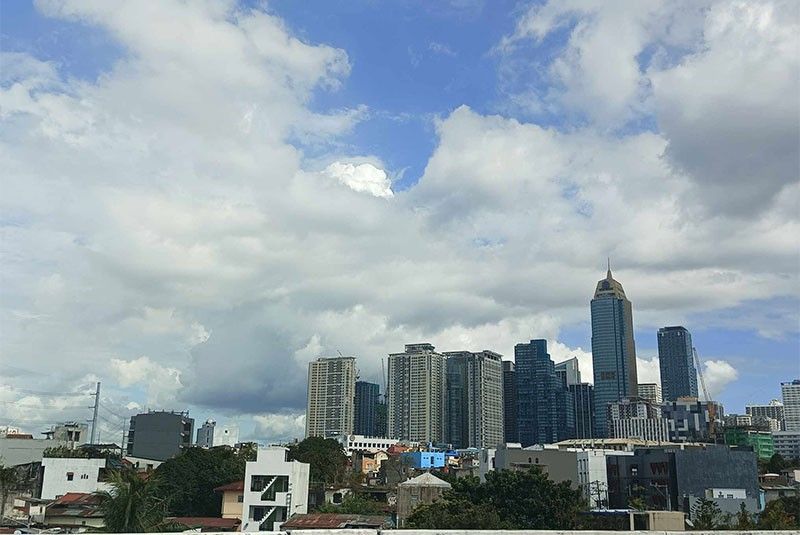Credit growth accelerates to 7.1 % in October

MANILA, Philippines — After slowing for six straight months, credit growth accelerated to 7.1 percent in October from 6.5 percent in September, according to data from the Bangko Sentral ng Pilipinas (BSP).
Preliminary data from the central bank showed that loans disbursed by universal and commercial banks amounted to P11.31 trillion in end-October this year, up by P753.87 billion from the P10.55 trillion recorded in the same period last year.
Michael Ricafort, chief economist at Rizal Commercial Banking Corp., said the pick-up in bank lending growth in October was consistent with the seasonal increase in manufacturing, importation and other economic activities in the third quarter amid the anticipated higher demand for both local and export markets in the last quarter of the year.
Ricafort said declining global oil prices would help the continued easing of headline inflation, supporting a pause in rate increases, as well as possible rate cuts by the BSP once the US Federal Reserve pivots to an easing cycle in 2024.
“Fast loan growth would continue to be a bright spot for the economy and could also bode well in terms of faster economic growth, and would also relatively lower non-performing loan ratio, as seen in recent months,” Ricafort said.
Despite the series of aggressive rate hikes delivered by the central bank’s Monetary Board since May last year, credit growth increased by double-digit levels since April 2022 until it reached a high of 13.9 percent in October and November 2022 as the economy further reopened.
From a double-digit credit growth of 10.2 percent in March, the increase in bank lending slowed to 9.7 percent in April, 9.4 percent in May, 7.8 percent in June, 7.7 percent in July, 7.2 percent in August and 6.5 percent in September.
The central bank earlier attributed the moderation in bank lending activities to the lagged impact of the aggressive rate hikes delivered by monetary authorities to tame inflation and stabilize the peso, which slumped to an all-time low of 59 to $1 in October last year.
The BSP emerged as the most aggressive central bank in the region after raising key policy rates by 450 basis points since May last year, including the 25-basis-point off-cycle hike last Oct. 26.
Amid inflation downtrend and stable local currency, the BSP Monetary Board left key policy rates untouched last Nov. 16 and is widely expected to keep the rates steady during its last rate-setting meeting scheduled on Dec. 14.
For October, the rise in loan releases to production activities quickened to 5.8 percent from 4.9 percent in July to reach P9.77 trillion.
The rise in disbursements to the volatile real estate sector accelerated to 8.4 percent with P2.28 trillion, followed by the wholesale and retail trade, repair of motor vehicles and motorcycles with a faster increase of 9.3 percent to P1.32 trillion.
Likewise, the electricity, gas, steam and air-conditioning supply sector booked a 10.2 percent increase to P1.26 trillion.
On the other hand, the loans to the manufacturing sector contracted by 3.6 percent to P1.18 trillion.
According to the BSP, consumer loans sustained their growth, rising by 22.8 percent to P1.21 trillion in end October this year.
Credit card loans reached P660.12 billion, while auto loans amounted to P372.54 billion.
S&P Global Ratings sees credit growth in the Philippines slumping to single-digit level this year from 11.7 percent in 2022 due to the aggressive rate increases delivered by the BSP.
S&P primary credit analyst Nikita Anand said the sector’s good capital position of 15.2 percent common equity tier-1 ratio and provisioning would cushion against any moderate rise in credit stress.
She added that credit losses would stay flattish at 0.6 to 0.7 percent of gross loans next year.
“We forecast a manageable deterioration in non-performing loan ratio. Large corporates, which form the bulk of the sector’s loan portfolio, should be able to absorb the higher input and financing costs,” Anand earlier said.
- Latest
- Trending




























